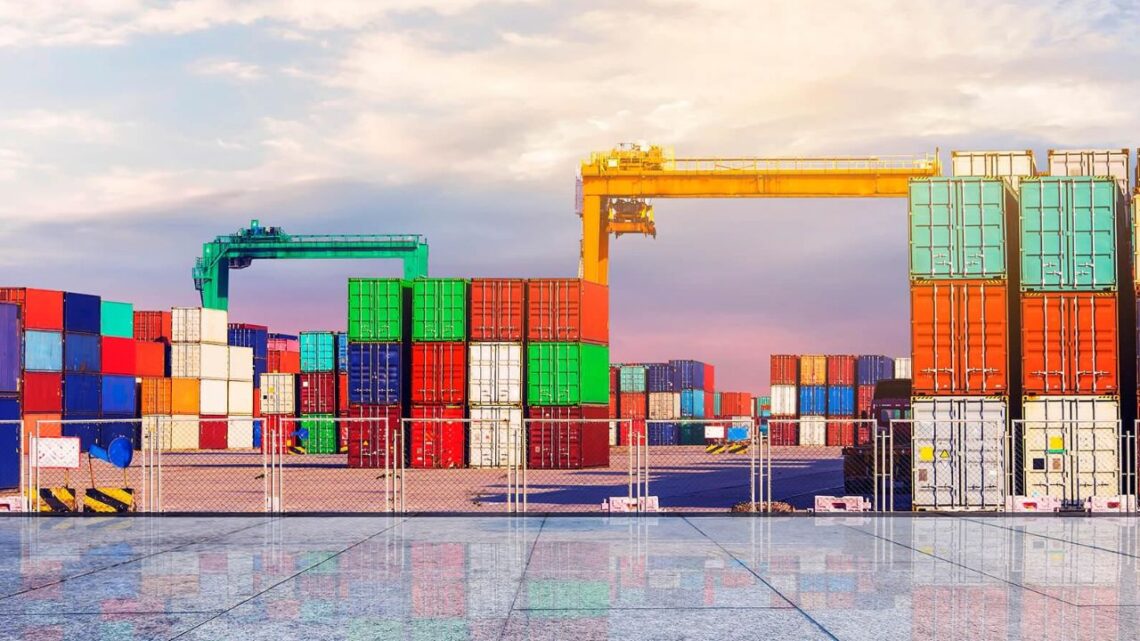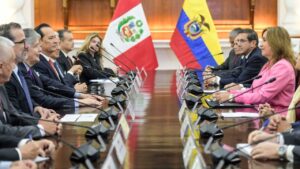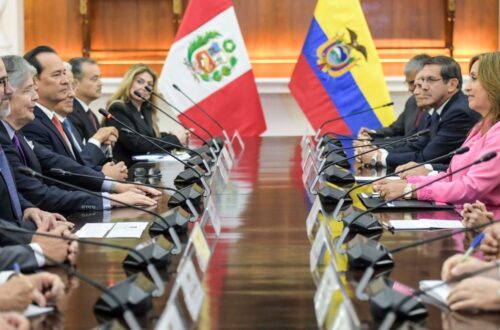India is preparing for two major trade negotiations with Chile and Peru, set to take place in October and November 2025. These discussions are designed to deepen cooperation, modernize trade pacts, and enhance India’s presence in Latin America.
Both countries are crucial trade partners, especially for sectors like minerals, automotive products, pharmaceuticals, and textiles.
The talks aim to build a more balanced, future-focused relationship that will benefit businesses, small industries, and national economies on both sides.
Timeline and Venues of the Upcoming Trade Talks
| Country | Type of Agreement | Dates | Location | Duration |
|---|---|---|---|---|
| Chile | 2nd Round – CEPA (Comprehensive Economic Partnership Agreement) | October 27–31, 2025 | Santiago | 5 Days |
| Peru | 8th Round – FTA (Free Trade Agreement) | November 3–5, 2025 | Lima | 3 Days |
- The Chile meeting will mark the second round of CEPA talks to expand the existing Preferential Trade Agreement (PTA) signed in 2006.
- The Peru meeting will represent the eighth round of FTA discussions, focusing on trade diversification, digital services, and investment opportunities.
- Both trade negotiations are independent of each other but align with India’s long-term global trade strategy.
From PTA to CEPA: The India–Chile Evolution
India and Chile began their economic partnership with a Preferential Trade Agreement nearly two decades ago. Now, both nations are working toward a Comprehensive Economic Partnership Agreement (CEPA).
The new CEPA will go beyond just goods—it will include digital services, MSME cooperation, critical minerals, energy, and investment promotion. The goal is to strengthen trade across emerging industries while addressing new-age challenges like sustainability, logistics, and supply chain resilience.
India–Chile Trade Overview (FY 2024–25)
| Category | Details |
|---|---|
| Exports from India | USD 1.15 billion, mainly in automobiles, pharmaceuticals, textiles, chemicals, and machinery. |
| Imports from Chile | USD 2.60 billion, largely minerals, copper, and industrial chemicals. |
| Top Indian Exports | Cars, pharma products, textiles, iron and steel, auto components, aluminum, and ceramics. |
| Key Imports from Chile | Copper, lithium, and other mineral resources. |
| Trade Rank | Chile is India’s 5th-largest trading partner in the Latin American region. |
This imbalance, where imports are significantly higher than exports, makes diversification a central issue for India in the upcoming discussions.
India–Peru: Building a Stronger Free Trade Path
India and Peru have already held seven successful rounds of talks. The eighth round in November 2025 will focus on modernizing trade, addressing tariff issues, and improving investment frameworks.
India–Peru Trade Overview (FY 2024–25)
| Category | Details |
|---|---|
| Exports from India | USD 1.0 billion, a 9% increase from the previous year. |
| Imports from Peru | USD 4.98 billion, a 60% increase from the previous year. |
| Top Indian Exports | Motorcycles, three-wheelers, yarns, pharmaceuticals, plastics, and iron products. |
| Major Imports from Peru | Gold, copper, phosphates, fish flour, grapes, and synthetic filaments. |
| Trade Rank | Peru is India’s 3rd-largest trading partner in Latin America. |
The focus for both sides is to promote balanced trade growth, reduce tariffs, and create better access for Indian manufactured goods in Latin American markets.
Key Goals and Expectations from the Negotiations
1. Expanding Beyond Goods
India aims to include services, e-commerce, technology, and innovation in both trade agreements, ensuring long-term cooperation in digital transformation and critical minerals.
2. Correcting the Trade Imbalance
Both Chile and Peru have strong mineral exports, while India focuses on value-added goods. The goal is to bridge the trade gap through tariff adjustments and wider market access.
3. Supporting MSMEs and Local Industries
The new agreements will include frameworks for micro, small, and medium enterprises (MSMEs) to benefit from exports, technical cooperation, and joint ventures.
4. Strengthening Investment Ties
India will seek opportunities for Indian companies to invest in Latin America’s mining, renewable energy, and food processing sectors. Similarly, Chilean and Peruvian investors will be encouraged to explore India’s digital and manufacturing ecosystem.
5. Building Long-Term Economic Cooperation
The negotiations are not only about trade—they represent a long-term partnership based on mutual growth, energy security, and sustainable development.
Challenges Ahead
While both countries are enthusiastic, some challenges could slow progress:
- High trade imbalance favoring Chile and Peru.
- Differences in product standards and certification.
- Market access barriers in agriculture and minerals.
- Competition from other global players such as the EU and China in Latin America.
India’s strategy will focus on creating balanced and mutually beneficial frameworks that encourage fair trade without harming domestic industries.
The October–November 2025 trade talks with Chile and Peru mark a critical step in India’s expanding global trade network.
By moving from limited preferential deals to comprehensive partnerships, India aims to unlock new opportunities in digital trade, energy, MSMEs, and investment cooperation.
If successful, these talks will not only help reduce trade imbalances but also position India as a key player in Latin America’s economic transformation.
This strategy reflects India’s broader goal—to build resilient, future-ready trade ties that support sustainable global growth.









